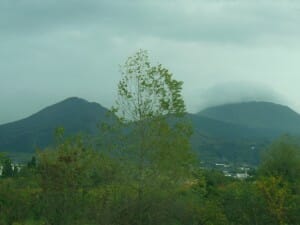
After departing the cruise ship in Naples, we joined a tour heading for Herculaneum. The bus drove past mountains.We were looking forward to seeing a prime example of a Roman city form the 1st century CE.
History
The Greeks created this community decades before the Common Era. When Vesuvius erupted in 79 CE, Herculaneum and nearby Pompeii were completely destroyed. Pompei was a large commercial town, benefiting from river trade. Herculaneum was a coastal resort town that was frequented by wealthy Romans. As a result, the houses were spacious and included panoramic views of the sea.
Pompeii was buried under a layer of volcanic ash and stone whereas Herculaneum was affected by a flow of volcanic mud.
Both communities were discovered in the 18th century and excavations began thereafter. Herculaneum is much better preserved than its neighbor, Pompeii. Upper floors of buildings have remained intact. Wood beams and colorful decorations did not deteriorate as rapidly due to the preservation of the volcanic mud.
The budget for the restoration and conservation has been enhanced by the generosity of an American philanthropist. David W. Packard, son of one of the founders of Hewlett-Packard, donated approximately $20 million for the project.
Notable Sites
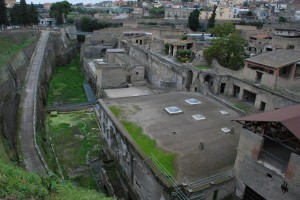
As we approached the site, we could see that many of the buildings had multiple floors.
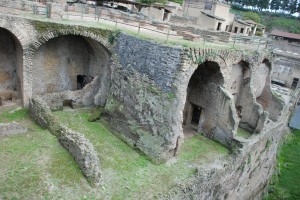
The buildings faced the sea with their expansive windows.
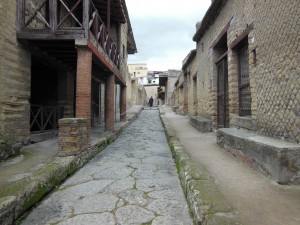
We walked down several narrow roadways. Also,our guide pointed out where the main street (Decumanus Maximus) intersected with the cardini and thereby created a grid pattern of city blocks.
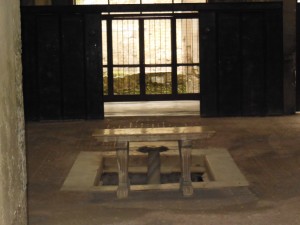
It was fascinating to be able to walk into some of the structures. Some were in better condition than others. The workmanship on the floors, walls, and ceilings were amazing.
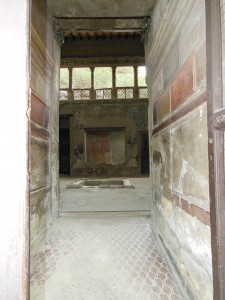
One of the focal points of all ancient Roman cities were the baths. Two distinct sections can be seen at Herculaneum- one for men and one for women. This mosaic floor was located in the women’s section.
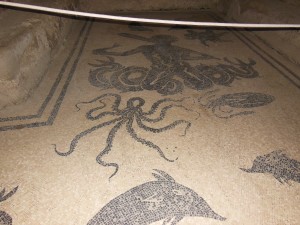
Some of the paintings were stunning.
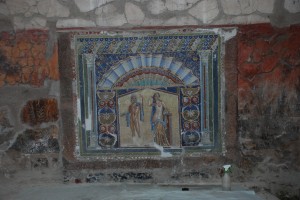
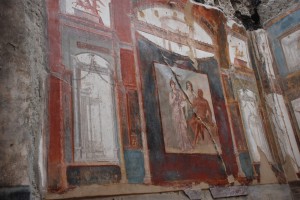
Skylights provided natural light so that we view the height and workmanship in some of the rooms.
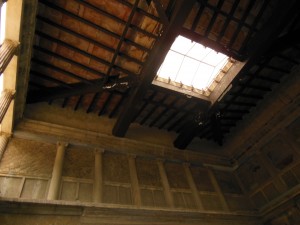
A devastating eruption destroyed this town but in so doing allowed future generations to catch a glimpse of life in Roman antiquity.
Sandra Bornstein is the author of MAY THIS BE THE BEST YEAR OF YOUR LIFE. It is available on Amazon.
If you enjoyed reading my memoir, consider posting a review on Amazon, Goodreads, LibraryThing and/or AskDavid.com.
Leave a Reply
You must be logged in to post a comment.